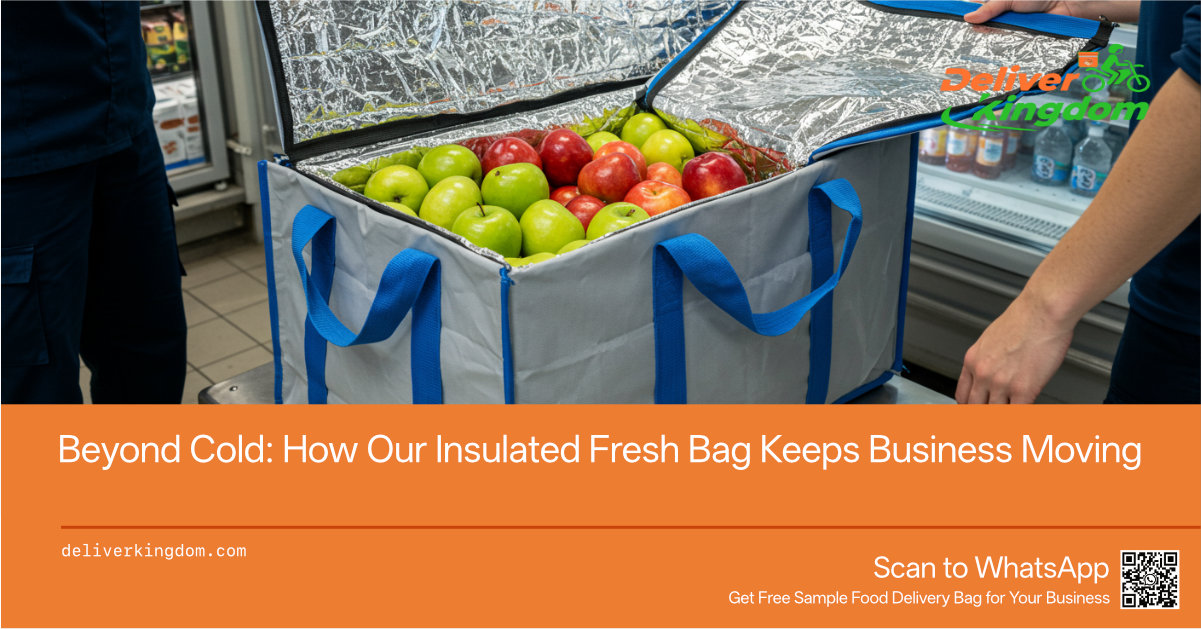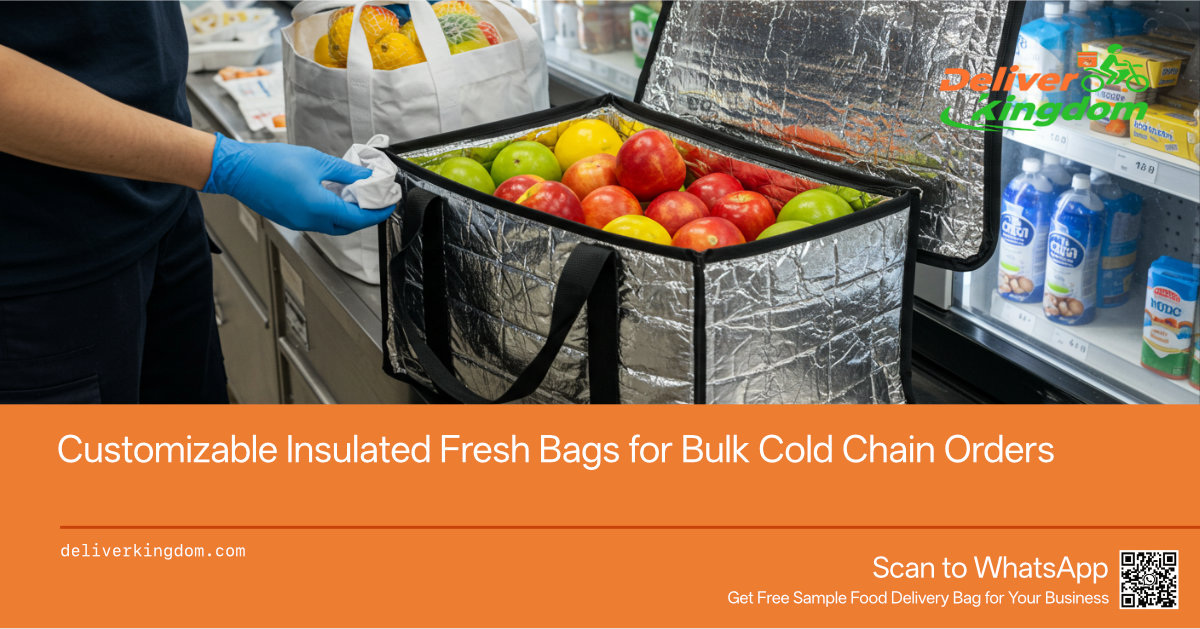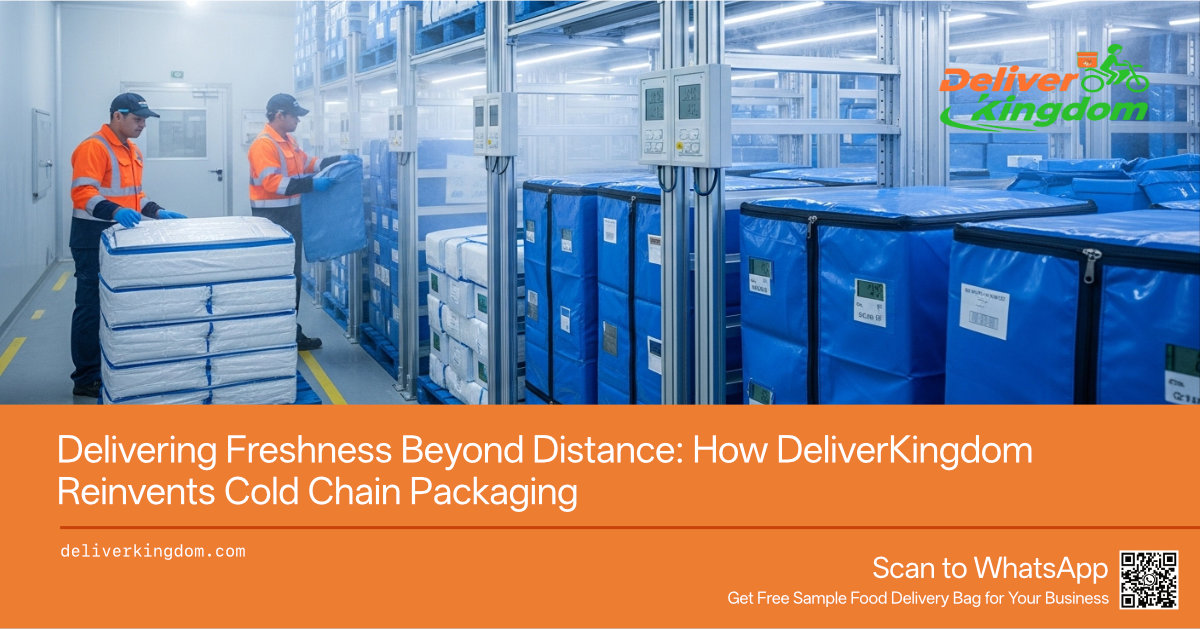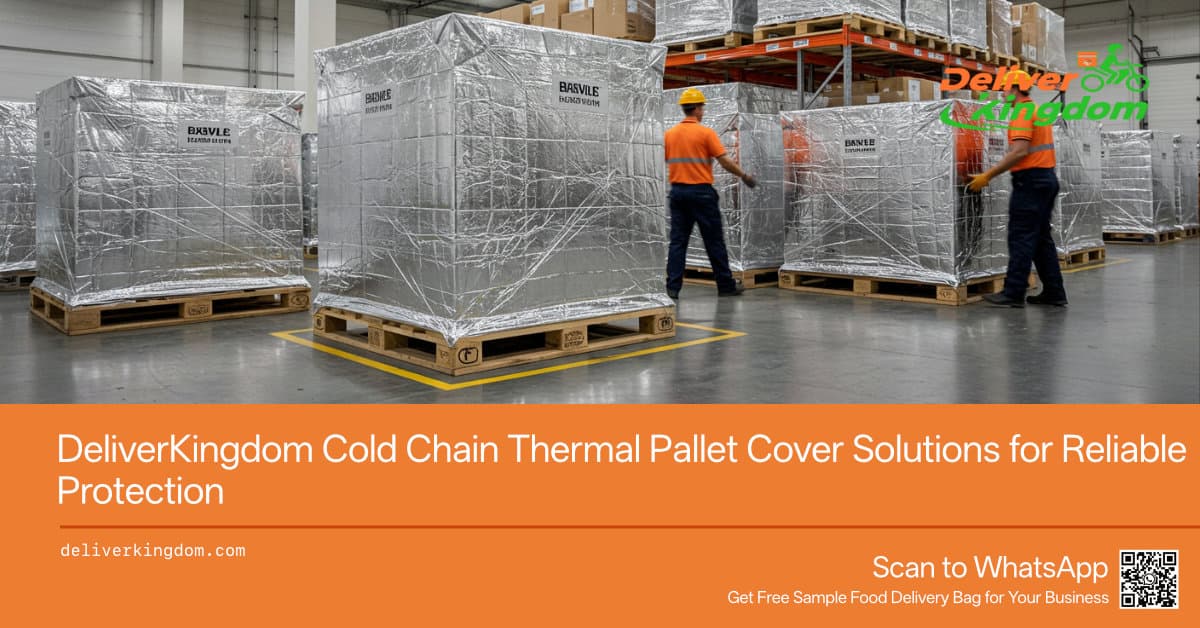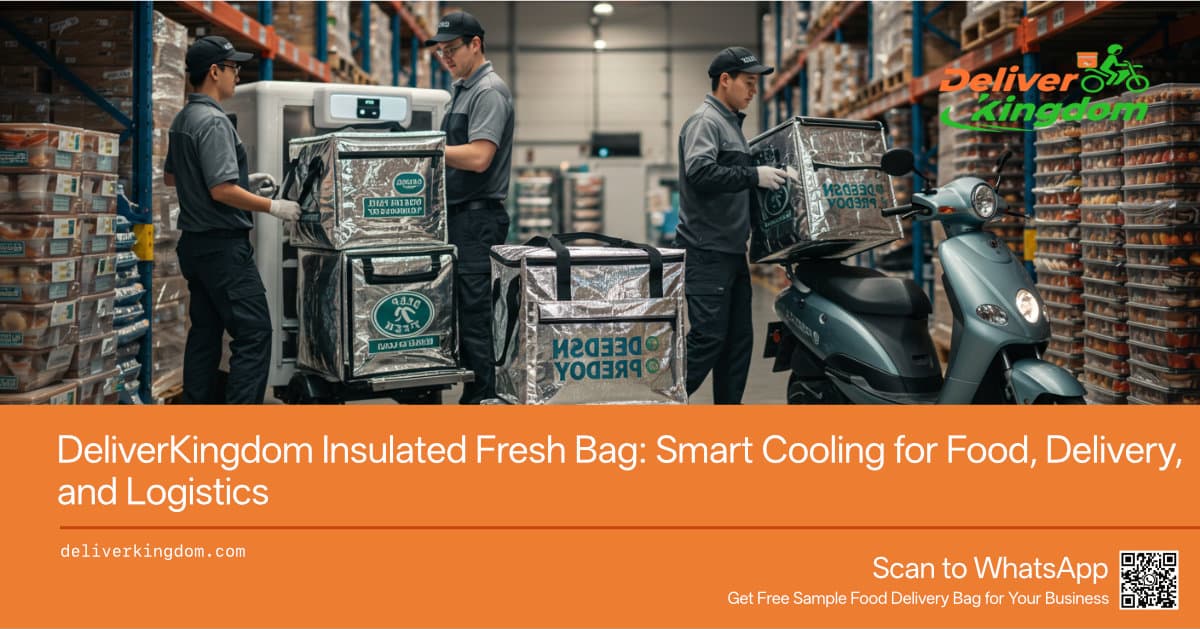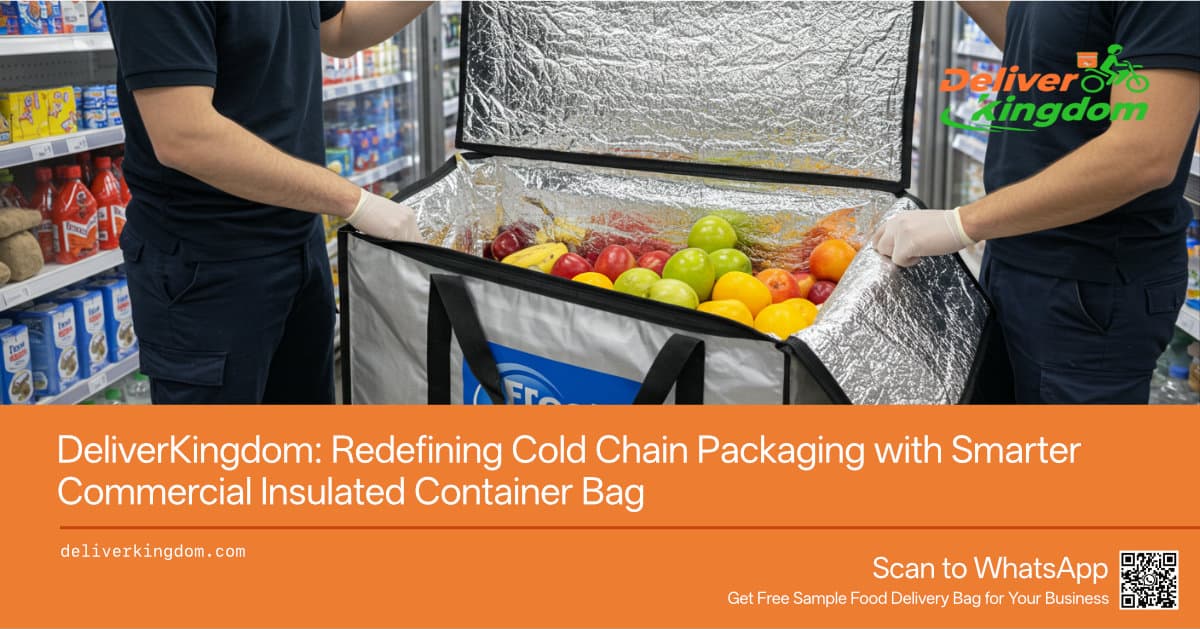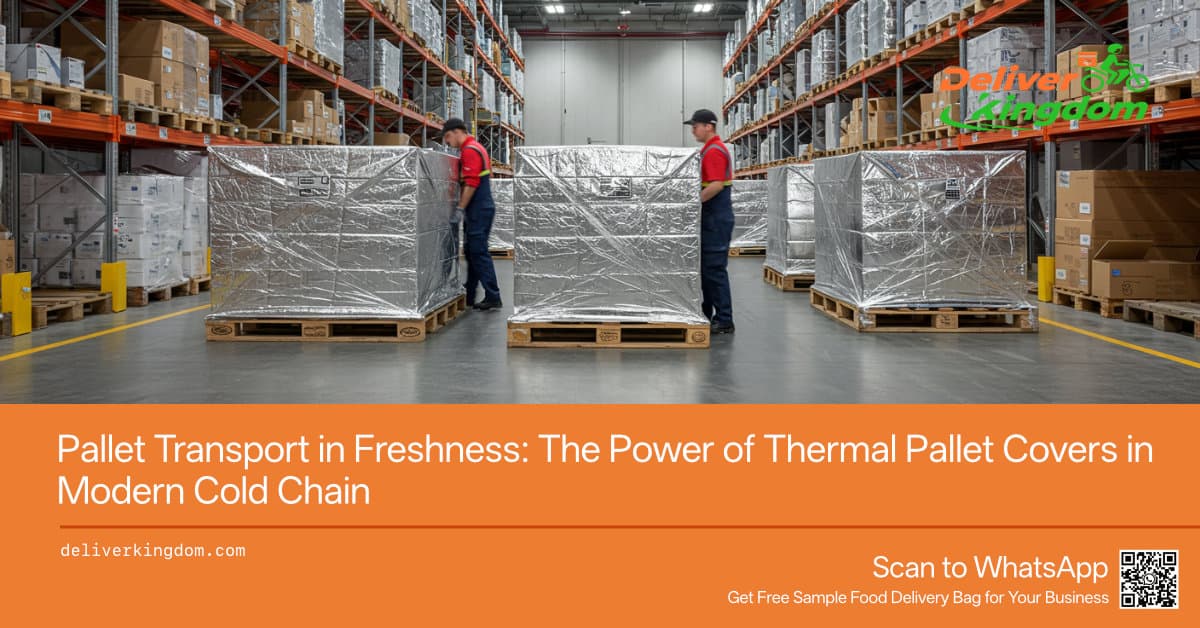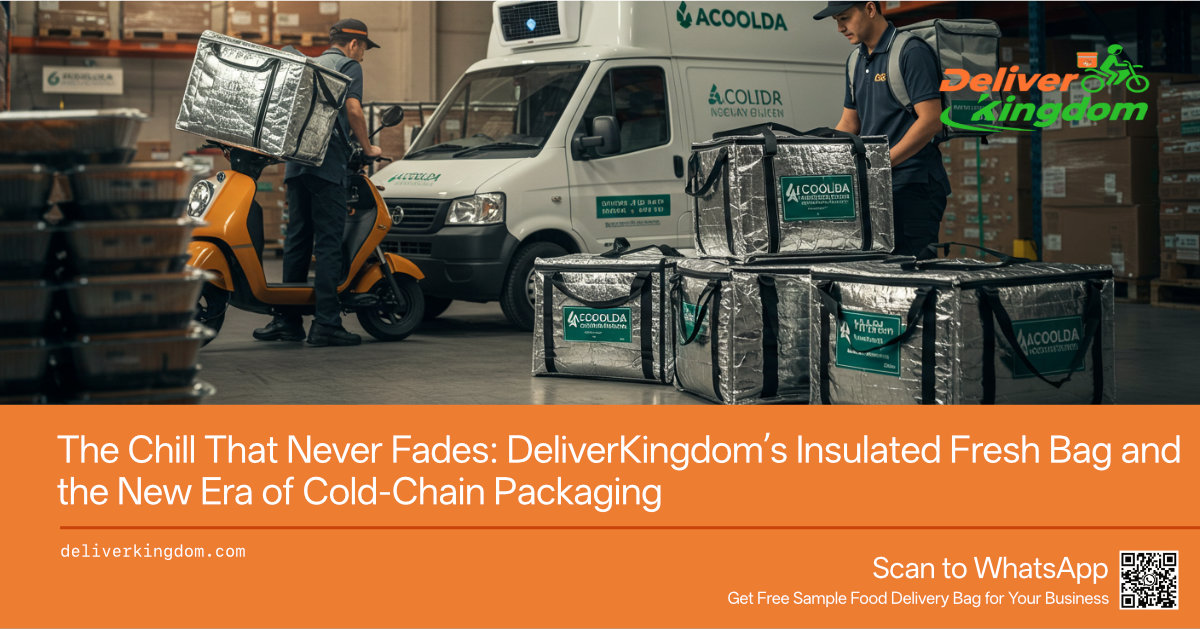Introduction
Recent years have witnessed remarkable growth in the global tote bag market due to the increasing adoption of eco-friendly initiatives, a shift in consumer lifestyle, and a greater demand for stylish and functional bags. The tote bag has undergone a significant transformation - from a simple accessory for groceries and shopping to a versatile product used in fashion, corporate branding, retail promotions, and eco-friendly campaigns. Businesses looking to source tote bags face a persistent challenge of lacking knowledge about the industry’s top manufacturers, their production capacities and available materials, as well as regional advantages.
This whitepaper analyzes ten of the most well-known tote bag manufacturers around the globe. The selection criteria are based on production capacity, industry leave of quality certifications, sustainability practices, global reach, and overall reputation. The goal of the report is to present the information in an unbiased, analytical manner, without any promotional bias.

Methodology
To ensure selection reliability and objectivity, the following criteria were set:
- Global presence and export capabilities: Serving multiple international markets.
- Certifications and compliance: Verification of ISO, GOTS, OEKO-TEX, Sedex, or BSCI.
- Production capabilities: Volume, variety, and complexity of tote bag styles, materials, and designs.
- Sustainability practices: Adoption of recycled, organic, or eco-friendly materials.
- Industry reputation: Verified client references, participation in trade directories, and presence in global trade fairs.
This methodology guarantees that the manufacturers listed have genuine credibility and are representative of the global tote bag industry.
Top 10 Tote Bag Manufacturers
1.Bagmasters (USA)
Bagmasters has been in business since 1980 one of the original promotional tote bag companies. They distribute cotton, canvas and polyester bags to universities, non-profits and corporate clients throughout North America. They're a trusty Go To bird for run of the mill types of promotion because of their large variety of products and the option to order them in quantities.
Also they have decades of experience and preexisting distribution networks to the company’s advantage. However, since the company is headquartered in North America, international shipping and customizations kept to one of a kind are typically inflexible.
2.ToteBagFactory (USA)
ToteBagFactory specializes in selling and distributing reusable bags. With inventory on hand to fulfill most orders, product customization through screen-printing or embroidery is available on most of their products. Their relationships with established vendors has enabled them to be trusted for big-turnout orders, as well.
Nonetheless, for brands with an ample range of classic styles, those trying to get a little bit trendy, or that have a more upscale point of view, the options may be disappointing.
3.Enviro-Tote (USA)
Enviro-Tote specializes in environmentally friendly, animal-conscious tote bags that are made from organic cotton and from recycled materials. Their certifications through OEKO-TEX and other similar standards is a testament to the company’s priototy of enviromental friendly processes.
They also function as clients for universities and NGOs and sustainability-focused brands.
Their green competitors have a more limited range of colours and patterns than some of the larger commercial competitors.
4.Acme Made (USA)
based Acme Made.Our roots are in the heart of the city that is if the heart had roots. They produce a line of totes for running errands, commuting with technology and travel, and also does work for hire for third parties. Acme Made products are sold in retail stores, online, and by and large, through wholesale, and have won acclaim for their style and quality.
Because they deliver in the high design space, bulk-budgeted buyers might have difficulty reconciling expense against return-on-investment and procurement-to-sales alignment.
5.Supreme Creations (UK/India)
Supreme Creations is headquartered in London and has factories in India. They also supply fashion and retail brands and promotional campaigns with lots of tote bags. The brand is attracting international companies that comply with labor ethics and are sustainable.
The production uniformity and lead time for complicated custom designs made in one country but manufactured in another country with different criteria and quality consideration compared with other marketplaces.
6.Earthwise Bags (USA)
Earthwise Bags is based out of California and focusses on crafting reusable shopping bags from eco-friendly recycled PET and organic cotton. Their customers include corporations like retailers and green-minded marketplaces. Earthwise Bags specializes in reusable shopping bags, and has a direct relationship with retail chains, and eco-friendly marketplaces.
7. Synberry (Cambodia/China)
Synberry has been in operation since 1992 and has manufacturing plants in both Cambodia and China where they offer OEM and ODM tote bag services. Their primary concern is to meet the client’s expectations in terms of quality, sturdiness, and customization in fabric, color, printing, and branding. Synberry serves global B2B clients and is unique in the fact that they are able to manage fully customized, smaller orders alongside bulk production.
Synberry has maintained quality standards through constant client collaboration, though distinctly specialized or niche materials may require longer cross-factory coordination lead times.
8.Steele Canvas Basket Corp. (USA)
Steele Canvas Basket Corp., a Massachusetts-based company started in 1921, is known for its tough, well-made totes. Their specialty are reinforced canvas and metal frame bags which are multi functional, and designed for home storage, garden storage, all purpose organized storage, picnic, and everyday storage in a plain trendy design. STEELE ASPIDERS STEELE is devoted to durability, utility and timeless design.
Steele Canvas focuses more on durability, multi-functional usability, at a higher price point, and traditional canvas style which may not be attractive to the market interested in trendy or fashion-forward totes.
9. BagBase by Beechfield Brands (UK)
BagBase boasts a wide variety of casual and fashion tote bags, which they sell through wholesale partners in Europe. Their products are known for their durability and practical designs and they serve corporate, retail, and promotional clients.
Due to their focus on function, BagBase products are often missing high-end and innovative materials, as well as fashion-forward designs.
10.Baggu (USA)
Known for chic, eco-friendly tote bags, since being founded in 2007 and based in San Francisco. They are known for utilizing recycled materials, organic cottons and durable nylons to produce a range of use-friendly bags for travel, everyday carry, and your seeking complex everyday adventurer, commuter, or shopper. The brand developed a cult following in the US, as environmentally conscious consumers appreciated its approach to practical design.
Baggu has a strong design focus and is greener than opportunity wholesale, but since they are primarily optimized for direct-to-consumer sales, it may complicate bulk orders for corporations or other agencies, and it can be more expensive than typical manufacturers as well.
Industry Trends
- Sustainability: Adoption of recycled, organic, and biodegradable materials is on the rise.
- Customer Badge: Increased use of personalized branded tote bags.
- Regional Focus: Ethically-minded small-batch production in the U.S. and eco-friendly cotton/jute in India and Bangladesh, China’s focus on large-scale production and diverse materials.
- E-commerce Expansion: Flexible order sizes and global distribution through print-on-demand services and fulfillment centers.
- Design Innovation: Collapsible and tech-friendly compartments, and other functional features are trending in the consumer and corporate markets.
Takeaway
Sustainability, consumer preferences, and trade patterns are shaping the tote bag manufacturing industry. Specialized US producers and Asian manufacturers are represented by the top 10 companies in global production, innovation, and ethics. Grasping these manufacturers and the industry trends is crucial for businesses and organizations sourcing tote bags for retail, promotional, or sustainable initiatives.
